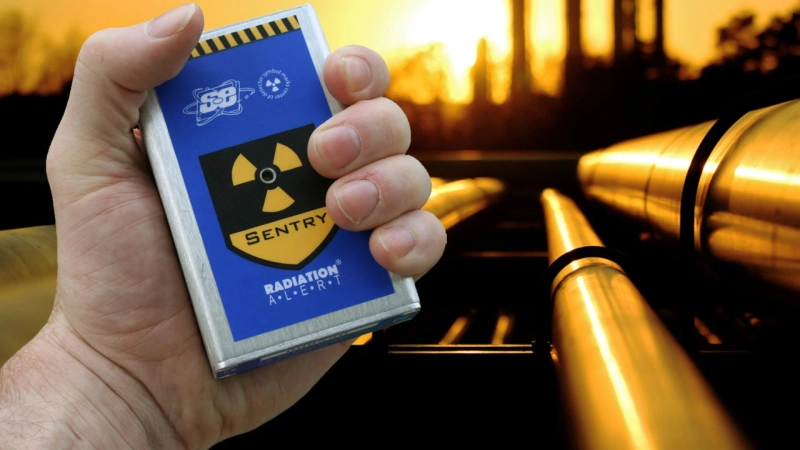Radiation is a constant presence in our environment, emanating from various sources such as natural minerals, medical procedures, and industrial activities. Radiation dosimeters play a vital role in ensuring safety by monitoring and measuring the levels of radiation exposure. These devices provide valuable insights into the potential risks associated with radiation and aid in protecting individuals working in radiation-prone environments. In this article, we will delve into the workings of radiation dosimeters and how they contribute to safeguarding our well-being.
Understanding Radiation Dosimeters
Radiation dosimeters are instruments used to quantify the amount of ionizing radiation an individual has been exposed to. This exposure could come from sources like X-rays, gamma rays, and particles emitted during nuclear reactions. The primary purpose of these dosimeters is to track cumulative exposure over time and enable users to take necessary precautions based on accurate data.
Key Components and Types
Radiation dosimeters comprise several essential components that enable accurate measurements:
Radiation-Sensitive Material: This material interacts with ionizing radiation, causing it to undergo changes that can be measured later. Common materials include photographic film, thermoluminescent crystals, and optically stimulated luminescent materials. Detector: The detector in a dosimeter is responsible for capturing the changes that occur in the radiation-sensitive material. Different types of detectors are used, such as Geiger-Müller tubes, scintillation detectors, and semiconductor detectors. Dose Display: Dosimeters provide users with a way to read and interpret their radiation exposure. This could be a visual display or a digital readout, depending on the dosimeter's design.Based on their design and usage, radiation dosimeters can be classified into various types, including pen dosimeters and more advanced models like the Radiation Alert® dosimeter offered by S.E. International. Pen dosimeters are compact devices that resemble a pen and are often worn by professionals working with radiation. They provide real-time readings and are particularly useful for immediate exposure assessment.
Working Principle
The working principle of a radiation dosimeter involves the interaction between ionizing radiation and the radiation-sensitive material. When ionizing radiation passes through the material, it imparts energy to the atoms or molecules within. This energy causes changes in the material's electron structure or traps electrons within its lattice structure.
In the case of thermoluminescent dosimeters (TLDs), for instance, when the material is heated, the trapped electrons are released, emitting light in the process. The intensity of this emitted light is proportional to the radiation dose absorbed by the material. By measuring the light emitted and comparing it to a calibration curve, the dosimeter can accurately determine the radiation exposure.
Calibration and Interpretation
Before using a radiation dosimeter, it must be calibrated to ensure accurate measurements. This involves exposing the dosimeter to a known radiation source and establishing a relationship between the measured response and the actual radiation dose.
Interpreting the dosimeter's readings requires an understanding of the specific radiation being measured, the type of dosimeter used, and the calibration factors. Professionals trained in radiation safety are equipped to make informed decisions based on these readings, determining whether individuals have exceeded safe exposure limits and need to take preventive measures.
Contact Us for Your Radiation Detection Needs
As a leader in radiation detection technology, S.E. International is dedicated to providing reliable solutions for radiation monitoring and safety. Whether you're seeking portable pen dosimeters for immediate exposure assessment or advanced devices like the Radiation Alert® dosimeter, our products are designed to meet your requirements. Protecting lives from the potential dangers of radiation is our priority, and our expertise ensures accurate and trustworthy measurements.
Conclusion
In conclusion, radiation dosimeters are essential tools in the field of radiation safety. By utilizing radiation-sensitive materials, detectors, and dose display mechanisms, these devices offer insights into individuals' cumulative radiation exposure. With various types of dosimeters available, including the user-friendly pen dosimeters and advanced models like the Radiation Alert® dosimeter by S.E. International, professionals can make informed decisions and take appropriate actions to safeguard health. For your radiation detection needs, contact us to explore our cutting-edge solutions.


